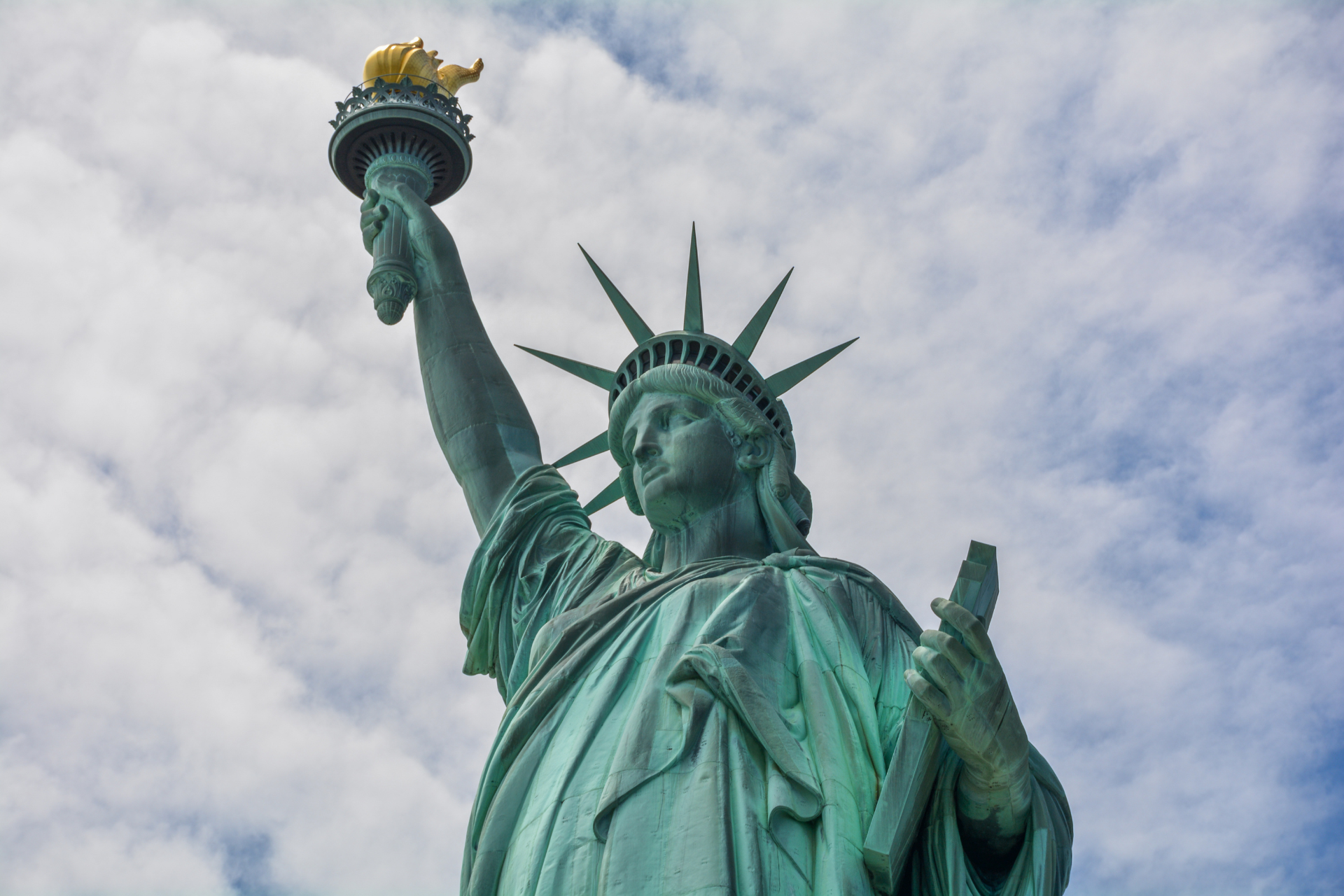Puerto Rico’s Fiscal Oversight and Management Board (FOMB), established under PROMESA (the Puerto Rico Oversight, Management, and Economic Stability Act) in 2016, shared a presentation at its most recent hearing outlining the COVID-19 relief funds Congress has approved for Puerto Rico.
Federal COVID-19 relief funds
The FOMB estimates that Puerto Rico will receive $45 billion in federal relief funding, including $19.9 billion from the American Rescue Plan. The funding estimates are based on allocations. The funds have, for the most part, not been disbursed at this time.
Funding comes from these sources:
-
- Coronavirus Aid, Relief, and Economic Security (CARES) Act: $18.0 billion allocation. Includes 4 phases of federal funding passed March 2020. Of this amount, an estimated $15.2 billion has been disbursed
- Coronavirus Response and Relief Supplemental Appropriations (CRRSA) Act: $7.0 billion allocation passed in December 2020
- American Rescue Plan: $19.9 billion allocation passed in March 2021
The FOMB listed the following programs which have assisted Puerto Rico:
- Stimulus checks
- Increased unemployment insurance
- Small business support (PPP and EIDL loans, etc.)
- State and local aid
- COVID-19 testing
- Education funding
Watch the PROMESA board meeting.
Download the FOMB Presentation.
American Rescue Plan
The board estimates that funds from the ARP will total $19,923,000,000. This figure includes the individual stimulus checks of $1400 per person or $2800 for married couples filing jointly. These individual payments are the largest segment of the ARP assistance for Puerto Rico.
The board’s presentation also notes $1.5 billion in new federal funding to expand the Child Tax Credit (CTC) and $601million to cover an enhanced local Earned Income Tax Credit (EITC) for Fiscal Year 2022. CTC and EITC reforms will have ongoing impacts in Puerto Rico, where the child poverty rate is higher than in any state.
Other payments to individuals include unemployment insurance and individual tax incentives, as well as nutrition assistance and housing assistance. Altogether, the payments to individuals are expected to total $10,462,000,000.
Another $1,226,000,000 will go to businesses.
The American Rescue Plan also includes direct payments to the government of the territory and to municipalities on the Island. These payments are expected to total $8,235,000,000.
Funding to government agencies may be used to provide services to households, businesses, and industries harmed economically by COVID-19. The government may also offset revenue losses caused by the pandemic by paying for necessary government services. Needed investments in infrastructure may also be undertaken, but all these funds must be spent by December 31, 2024.
The funds may not be added to the Pension Fund, nor used to make up for revenue loss caused by future tax changes.
The Board now estimates more than $19.9 B from the Rescue Plan Act, including $3.259 B for the Government of Puerto Rico and $950 M for municipal governments, not including: other monies such as $3.857 B for education; $1.352 B for health and hospital, some of which would be for private hospitals; and $184 M for transportation.
5 structural reforms
The presentation includes specific financial requests from a variety of government agencies, with notes on why they were approved, amended, or denied.
However, the next major topic was the board’s Five Structural Reforms:
- Human capital and welfare reform
- K-12 Education Reform
- Ease of Doing Business reform
- Power reform
- Infrastructure reform
The presentation includes reports on progress already undertaken as well as future needs.
For example, progress has been made on the Earned Income Tax Credit, which is now available in Puerto Rico. However, residents are unaware of this opportunity and do not know how to benefit from it, so one of the Board’s goals is to educate people who are eligible for this credit and to disburse more of the allocated funds. This is one of the goals for Human capital and welfare reform. Other goals include implementing a work requirement for nutritional assistance and a plan to identify and reduce barriers to employment.
K-12 education efforts focus on remote learning and strategic planning for schools, while the Ease of Doing Business reforms aim to reduce red tape and streamlining processes. There is also a section for building the tourism industry in Puerto Rico.
The Power reform section includes plans to privatize Puerto Rico’s energy grid and to come up with a solution for set and pension obligations. These were a major initial impetus for PROMESA. The board said, “Without a restructuring, full repayment of PREPA’s contracted debt and full funding of PREPA’s pension system will require rate increases between 8-9 c/kWh.” The average household in Puerto Rico currently pays 19.93 cents per kilowatt hour, compared with 11.42 cents in Florida. A 9 cent increase would bring Puerto Rico to 28.93 cents per kilowatt hour.
Infrastructure goals remain behind schedule, focusing at this point on identifying best practices.



Pingback: Massive Safety Net Loopholes Hurt Poor Puerto Rican Residents - prvrnews.com
Pingback: Massive Safety Net Loopholes Hurt Poor Puerto Rican Residents – upjobsnews